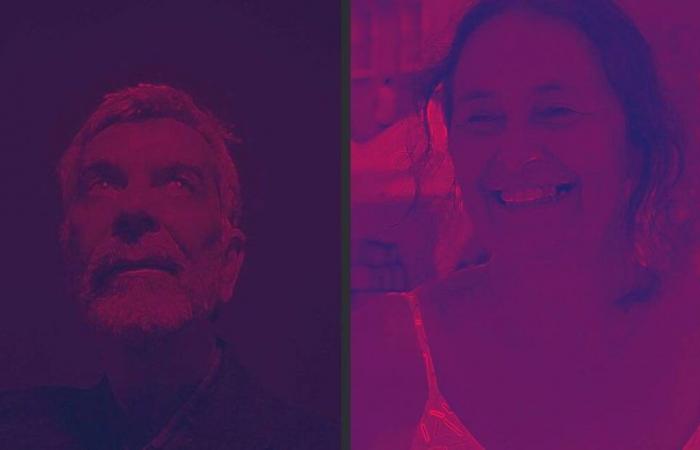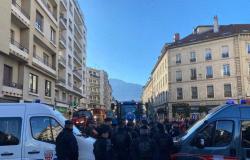Bruno Doucey Editions presents in two collections a summary of the best and most vibrant aspects of deaf poetry, translated into French sign language.
Every week, a look at the latest poetry news. Find all the articles from this meeting ici.
Deaf poetry, made by the deaf and hard of hearing in all its forms – written or gestural –, translated into French sign language (LSF) or not, has the ability to make itself heard and knows how to do it very well. She has her poets, poetess, slammers (Djenebou Bathily, Zoé Besmond de Senneville, to name a few), an anthology, fertile handspublished in 2015 by Bruno Doucey editions and coupled with a DVD, dedicated magazine issues (n°11 of GPS), many readings in LSF, his residencies, even his workshops… In short, it is a living poetry, which also interweaves disciplines (writing, video, stage, performance) and deserves the interest of a hearing public, which is too rarely attentive to it.
The latest example is the publication at the end of August, again by Bruno Doucey editions, of collections by two of its most important figures: Brigitte Baumié and Levent Beskardès. A summary of what is offered today in 2024, this multimedia poetry, rich in evocations of images or smells. The first, a poet and musician, began to lose her hearing at age 35. Since then, in Grenoble, the author has focused on bilingual creation by working on the translation (into writing) of contemporary poetry in sign language, all through the Arts Résonnances association. And his latest collection Sit on the railstreats war in a sort of choral and railway fable. The prosody is rhythmic, musical (“The cry of the train /and after… /the silence /nothing but silence” For example). It is as much a question of confusion and indifference as it is of revolt.
The second, actor, poet, director, video maker and even designer, is of Turkish origin. He is therefore, at 75 years old, a major representative of deaf culture. But until now, Levent Beskardès had not had the honor of a written translation of selected pieces of his work of gestural poetry alone. For this it was first necessary for the poet to draw his poems and it was therefore done with Sign me that you love, collection illustrated and translated by Brigitte Baumié. “Translating Levent’s poetry means saying that gestural languages exist at the same level as vocal languages, with the same freedoms of play and creation, the same constraints, the same challenges, the same joys”writes the poet on this subject in her preface. He creates poetry, very colorful and full of color (black or red), which evokes everyday life (the sea, love, a soup that is too hot) as well as major global tragedies or people (the pandemic, the Kosovo war, childhood in prison, etc.). At the start, there is always a poem that emerges like this: “suddenly /light on our hands /JOY /from our hands /from our hearts /to our hands /the tongue spreads /to the horizon”.
Sit on the railsby Brigitte Baumié, ed. Bruno Doucey, pp. 128, 15 euros.
Sign me that you love meLevent Beskardès, ed. Bruno Doucey, pp. 224.18 euros.
The extract from Sit on the rails
If your eyes blur
it’s not just because of the tears
I know
don’t say anything more
listen
is there not a great silence?
Who will have the courage to sit in front of this train?
who will dare to exhaust life
definitely
in this gesture of sitting on the rails?
The extract from Sign me that you love me
I see you dancing before my eyes
and the pencil wavers as it scratches on the empty sheet
I see you dancing blurred in fast motion
and panics the pencil which quickly twirls twirls
I see you languorous waltz
comes and goes softly flying on the leaf
I see you Venus Évanedanse
on my leaf voluptuous volutes
You give me your beauty life for life
flying waves of our crossed gazes






